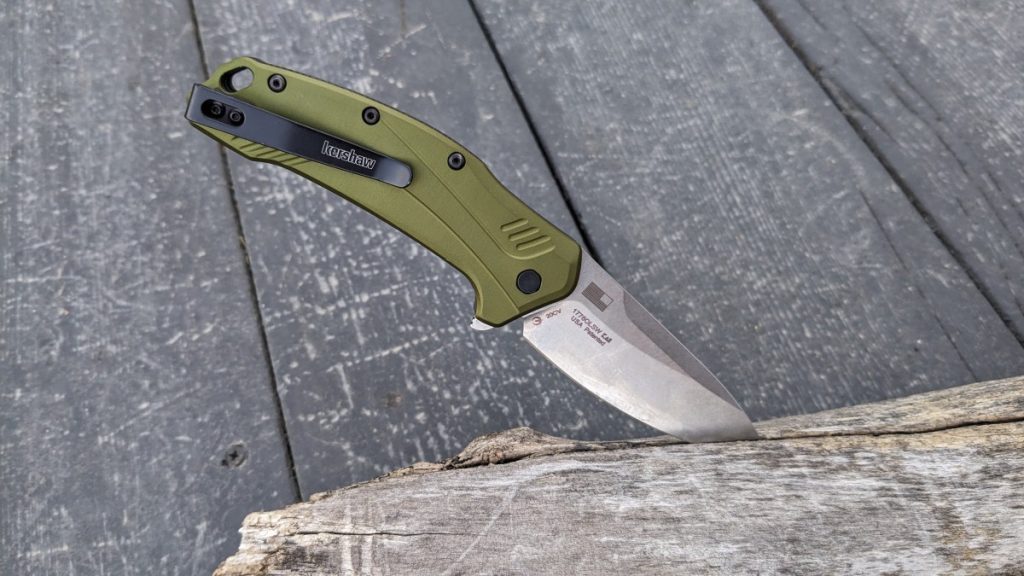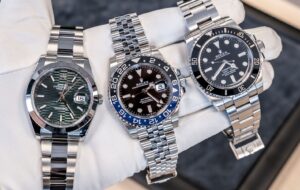
As an everyday carry (EDC) knife aficionado, deciding between a folding knife and a fixed blade knife for your daily needs can be a tough choice. Both have their pros and cons for accessibility, durability, utility, and legal restrictions that are worth examining before committing to either option. In this guide, we will look in-depth at the key considerations for choosing the best type of knife as your EDC blade.
Blade Accessibility and Deployment
A key benefit of most EDC folding knives is quick access and easy deployment with one hand from your pocket. Many modern folders feature assisted-open mechanisms, flipper tabs, or ambidextrous thumb studs that make it a breeze to flick open the blade single-handedly. This allows you to swiftly cut open packages, trim strings, or perform various EDC cutting tasks seamlessly throughout your day.
Fixed blades lack any accessible folding mechanism, so they often require two hands for unsheathing from their carry position. However, sheaths have become quite innovative – some feature durable polymer construction with positive retention while still allowing fairly smooth one-handed drawing of the blade. Ultimately, folders provide faster overall access, but a good sheath can help narrow the gap with fixed blades.
Cutting Power and Blade Durability
When it comes down to the business end – the blade itself – fixed blades have the advantage in strength. Full-tang fixed blade knives are essentially a solid piece of steel with handle scales riveted on, making them extremely tough tools capable of taking impacts without concern for failure. The solid build also lends itself to better stability for tasks like batoning wood.
Folders compensate for their joint with smarter blade shapes, partial tangs, light yet rigid materials like titanium, innovative locking mechanisms, and jimping for extra grip. But ultimately a folder will be more prone to lock failure or blade chipping when subjected to heavy impacts or twisting forces. For lighter daily cutting tasks though, most good EDC folders stand up very well over years of service.
Size Considerations for Carry
The collapsible form factor of folding knives allows them to tuck neatly into a pocket for easy, discreet carry options. Even knives with 3.5-4” blades can slip away until their services are needed. Fixed blades don’t have this adjustability – the combination of the blade and handle necessitates a larger footprint that can make them more challenging for true concealed “everyday” carry.
However, with the right ancillary gear like belt pouches, specialty EDC fixed blade sheaths, or neck carry suspensions, packable and accessible fixed blade carry is certainly achievable. It ultimately comes down to your personal style of dress and what carry methods you are comfortable utilizing daily. Clever carriers can EDC fixed blades of nearly any size, but small and light folding knives inherently have the advantage.
Applicable Toolset
Folding knives make excellent general utility cutlery for breaking down boxes, cutting rope/webs/straps, whittling wood, hacking away at shrubbery, and so on. Their thinner blade stock lends itself well to relatively precise slicing tasks too. However, their joints and pivots are vulnerable to debris, limiting their efficacy in extremely dirty or dusty conditions.
Fixed blades, on the other hand, usually have thicker spine stock that maintains stiffness deep into the tip. This allows robust outdoor fixed blades to excel at duties like splitting kindling, skinning game, chopping/batoning, and shoveling/digging. Their solid build is nearly impervious to debris fouling the action. So, while folding knives serve admirably across a wide range of tasks, fixed blades tend to specialize as hardcore outdoor survival tools.
Legal Considerations
It pays to understand your local knives laws, especially if you plan to EDC a blade. Folding knives often have an advantage here due to their ability to collapse away out of sight. Even regions with strict knife legislation (under 3”) usually have exceptions for “pocketknives” which gives folding blades more leeway than fixed blades.
For most folks, EDCing a quality folding knife covers the widest range of cutting utility while keeping the carry footprint reasonable and staying safely within legal bounds. But for those in rural settings or who spend lots of time bushcrafting and working outdoors, a fixed blade’s ruggedness and reliability in harsh conditions can make it a better choice despite bulkier carry.
Think deeply about your personal needs/application as well as typical carry scenarios and dress code to determine if a folder or fixed blade makes the most sense. And maybe even consider carrying both!




